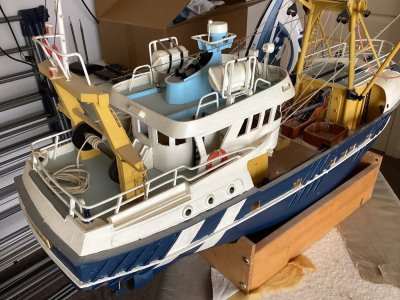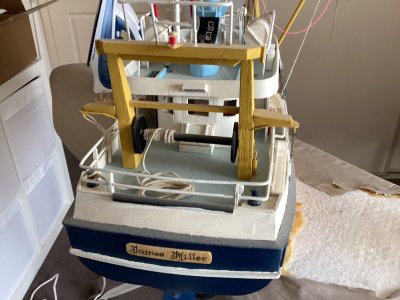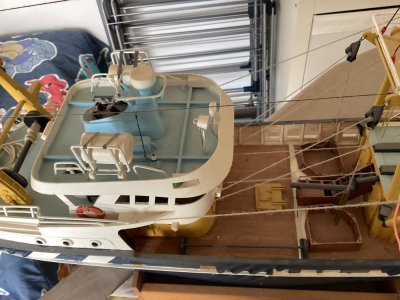I’m trying to understand the definition of scratch building.
I agree with Allan—we've discussed this many times across various threads. I don't claim to be an expert, but here are my thoughts:
The term "scratch" comes from the phrase "from scratch," meaning starting from the most basic elements. Scratch builders typically work from plans, photographs, or their own designs, measuring and fabricating each piece individually using hand tools and machinery. It is the process of creating a scale model (in our case) entirely (or almost entirely) from raw materials, rather than from a commercial kit. Instead of pre-cut parts, photo-etch, or laser-cut components, the scratch builder uses
- sheets and strips of wood
- metal wire or brass stock
- plastic sheet (styrene)
- plans, drawings, and reference photos
- their own jigs, templates, and tooling
In everyday hobby use, “scratch building” can mean anything from heavy kit-bashing to fully building a model from raw materials. But in competitions, the definition is not universal. Each organisation sets its own rules for what qualifies as a scratch-built model and what level of freedom or prefabricated components is allowed.
Because every competition defines scratch building differently, a model that is considered “scratch built” on a forum may not meet scratch-building criteria under NAVIGA, NRG, IPMS, or local club rules.
Example: NAVIGA Rules
Under NAVIGA (one of the world’s major governing bodies for scale-model ship competitions), the standards for scratch building are very strict:
- No commercial hulls or structural parts may be used.
- The competitor must fabricate the hull, superstructure, decks, and all major components themselves.
- Prefabricated aftermarket fittings (e.g., chain, turned brass barrels, photo-etch parts) are allowed only within limits and must be declared.
- Every item not made by the competitor counts against the final score.
- The builder must provide documentation and proof of construction, often with a photo log.
Under NAVIGA, a scratch-built model means the participant is effectively the designer, manufacturer, and builder of the model — from keel to rigging.
So when someone says, “This is scratch-built,” the only meaningful definition in a competition context is the one used by that specific organisation’s rulebook.
Scratch building is a
spectrum, not an absolute.




















